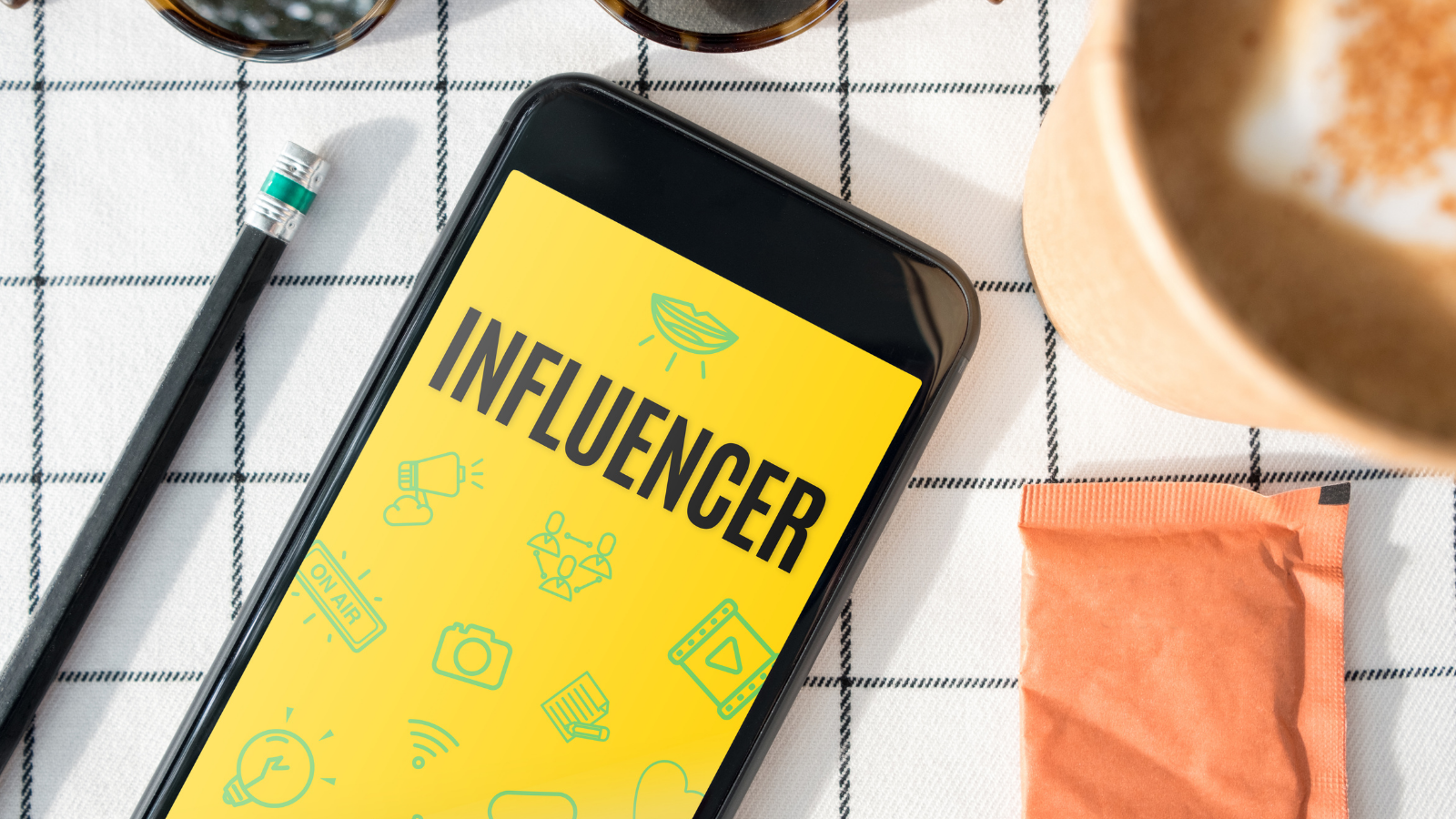Social media influencers are an increasingly important part of our infotainment diet. Today there’s an influencer for everything: parenting advice, shopping recommendations, recipes, and workout routines.
Many trust influencers strongly; one survey of two thousand 18-25 year old people found they were twice as likely to take advice from social media influencers than from their own family and friends! It’s clear that social media influencers are here to stay.
According to Influencer Marketing Hub’s “The State of Influencer Marketing 2022: Benchmark Report:
- The industry is expected to grow to approximately $16.4 Billion in 2022.
- More than 75% of brand marketers intend to dedicate a budget to influencer marketing in 2022.
- 68% of marketers plan to increase their influencer marketing spend in 2022.
Once you’ve identified an influencer who aligns with your mission and has the right following count, how do you work with them? The key lies in a solid influencer proposal.
What’s an influencer proposal?
An influencer proposal is a document sent to a social media influencer that provides an overview of your campaign and explains how a partnership with your brand will benefit them and their followers.
What should you include in an influencer proposal?
In broad strokes, your influencer proposal should address the following issues:
- Who you are – Introduce your organization. Explain your mission, offerings/products, and your audience/those you serve. Especially for nonprofits and mission-based organizations, it might be helpful to portray this in a problem-action-solution format that explains the issue your organization exists to solve.
- Why you are reaching out – Introduce your campaign. This section should illustrate the goal of the campaign and the messages you’re trying to impart. In general, it’s best to keep your key messages simple and concise. If you include too many (more than three), it may be hard for the influencer to keep track.
- How they can join the movement – This section should outline your ideas for how you would like the influencer to engage with you. The more specific you can get, the better. Include the social media channels to which you’d like them to publish (i.e., Instagram, Facebook, etc.), and the tactics you would like them to employ (blog posts, YouTube videos, Instagram in-feed posts, and the like). If you have examples of successful campaigns, link or attach them.
What they need to do – Details provide structure to your campaign. Include deadlines (launch date, review dates, contract signings, etc.), hashtags or handles they must include. If you have social metrics that influencers must provide, be sure to include these here.
Should you include compensation in your proposal?
This answer is highly dependent on the organization and the way it operates.
- If your company offers a tangible product (like a make-up product or an article of clothing), provide the product and ask them to review it. Many influencers will review products they like publicly on their channels and do not take additional compensation as they want to provide an unbiased opinion.
- If the company does not provide a tangible product or service:
- There is typically no cost involved for nonprofits seeking help with fundraising. While this is less popular on Instagram, this is a common tactic on Twitch and YouTube.
- It’s more likely the influencer will seek financial compensation if you’re a nonprofit or socially responsible company seeking more general brand awareness. This is because brand awareness campaigns generally include specific messaging. In this instance, it’s generally best to ask for their rates and then negotiate, as needed. The rates are highly variable and dependent on the prestige of the influencer and the tactics required by your campaign.
A good proposal is key to a smooth partnership with influencers who will help elevate your brand and generate broader recognition. After receiving your proposal, most influencers will respond one way or another to tell you if they would like to proceed.


